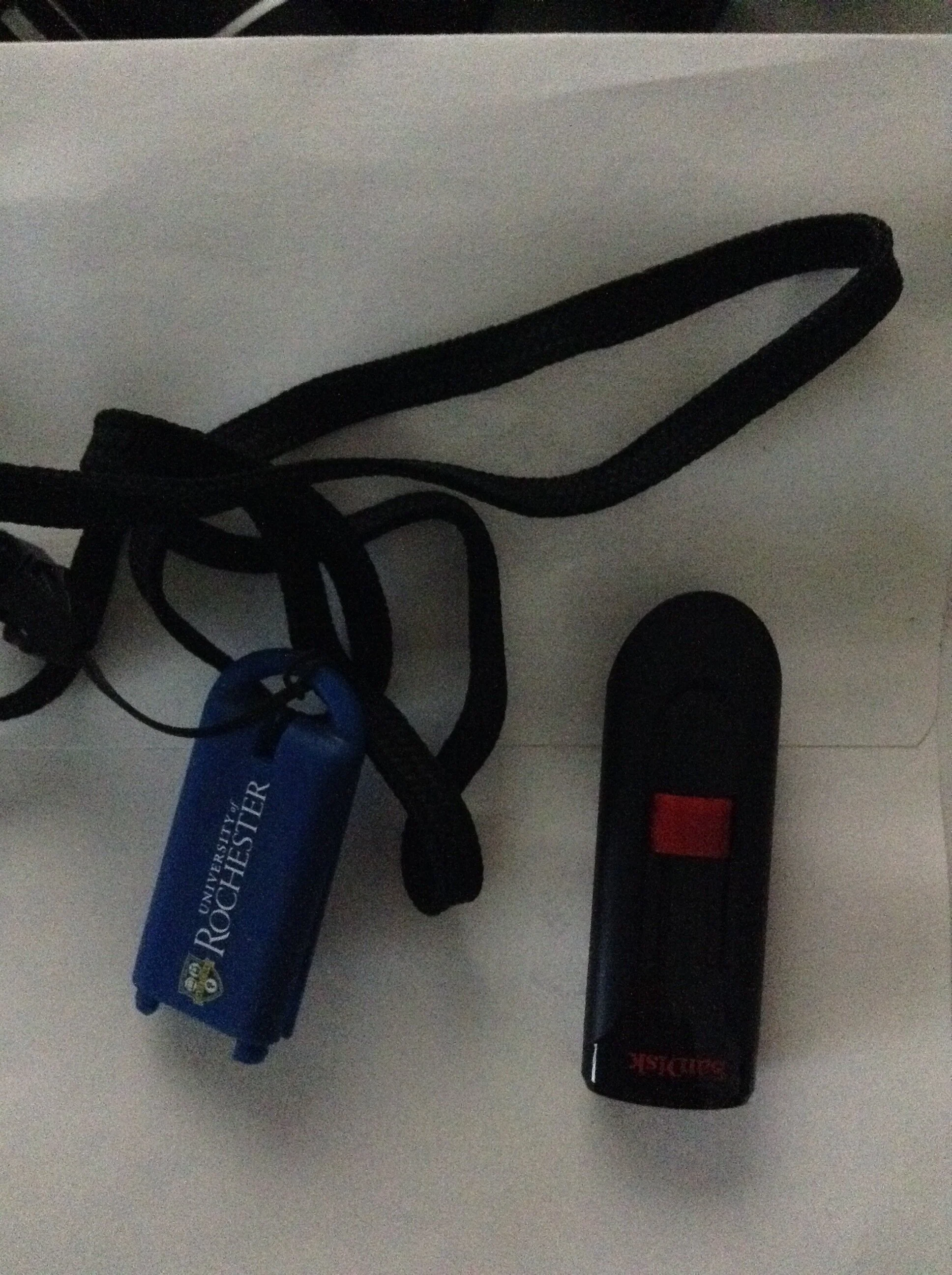On the left, we have a generic “low quality” USB flash drive, which data was successfully recovered by Data Recovery Guru; On the right, we have a brand “better quality” SanDisk USB Thumb Drive.
The article below is in relation to an email we send to a customer pertaining to her USB Flash Drive question as follows:
How come it would be 99% recovery? Are some of the files damaged or something?
“Good evening, Stacy.
The files have been transferred to a new 32GB USB SanDisk flash drive.
How come it would be 99% recovery? Are some of the files damaged or something? “
Answer: Due to poor quality NAND chips and a high amount of write cycles on the chips (saving files many times to it = high write cycling), unreadable areas had developed on the NAND chips. Some of the files’ data content were located in those unreadable areas. As a result, a couple of pictures or videos may view with some pixelation issues (e.g. a line or discoloration within the picture).
We highly recommend to never rely on generic USB flash drives. They contain low quality NAND chips sold down from channel to channel. What we mean is that when the chips are manufactured at the factory, the manufacturer checks the chips for quality.
All chips are literally manufactured with defects, nothing is perfect. But, the less defects, the better quality. The higher quality, the more profits. However, even the low quality chips can be sold for a profit. Even if a 10 cents profit is made per 1 million units on a low quality batch, then that is $100,000 in profit. This is still great, as oppose to throwing the product out, or further invest more money in recycling them.
Why is this happening? Because there is a market of people who still find uses even for such low quality products. So, the manufacturers take the best quality chips and sell them to device manufacturers that produce high end devices, such as smartphones (iPhone, Android, PinePhone, etc).
>The next batch of less quality chips are sold to manufacturers that produce Compact Flash Cards, SD and Micro SD Cards, etc.
>The next batch goes to "quality" USB flash drives manufacturers, such as SanDisk, PNY, Transcend, Lexar, Verbatim, etc., and finally
>The worst quality batch of chips go to generic or non-brand UBS flash drive (e.g. anything you see given at universities, events, conferences, etc). Why, because they are so cheap, that it is a profitable way to market a company, a product, a university, a service, etc.
The key for us, as customers, is to be educated on what are buying and what expectations to have accordingly. Either way, regardless of quality, a data backup is imperative, as all devices fail for various reasons. For more information on a backup strategy, please visit www.datarecoveryguru.com/backup”.

